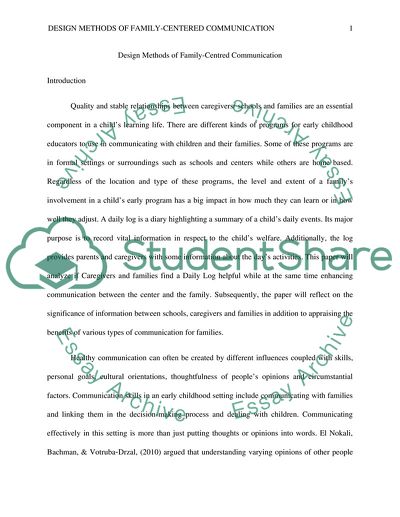Cite this document
(“Design Methods of Family-Centered Communication Coursework”, n.d.)
Retrieved from https://studentshare.org/education/1658250-design-methods-of-family-centered-communication
Retrieved from https://studentshare.org/education/1658250-design-methods-of-family-centered-communication
(Design Methods of Family-Centered Communication Coursework)
https://studentshare.org/education/1658250-design-methods-of-family-centered-communication.
https://studentshare.org/education/1658250-design-methods-of-family-centered-communication.
“Design Methods of Family-Centered Communication Coursework”, n.d. https://studentshare.org/education/1658250-design-methods-of-family-centered-communication.


